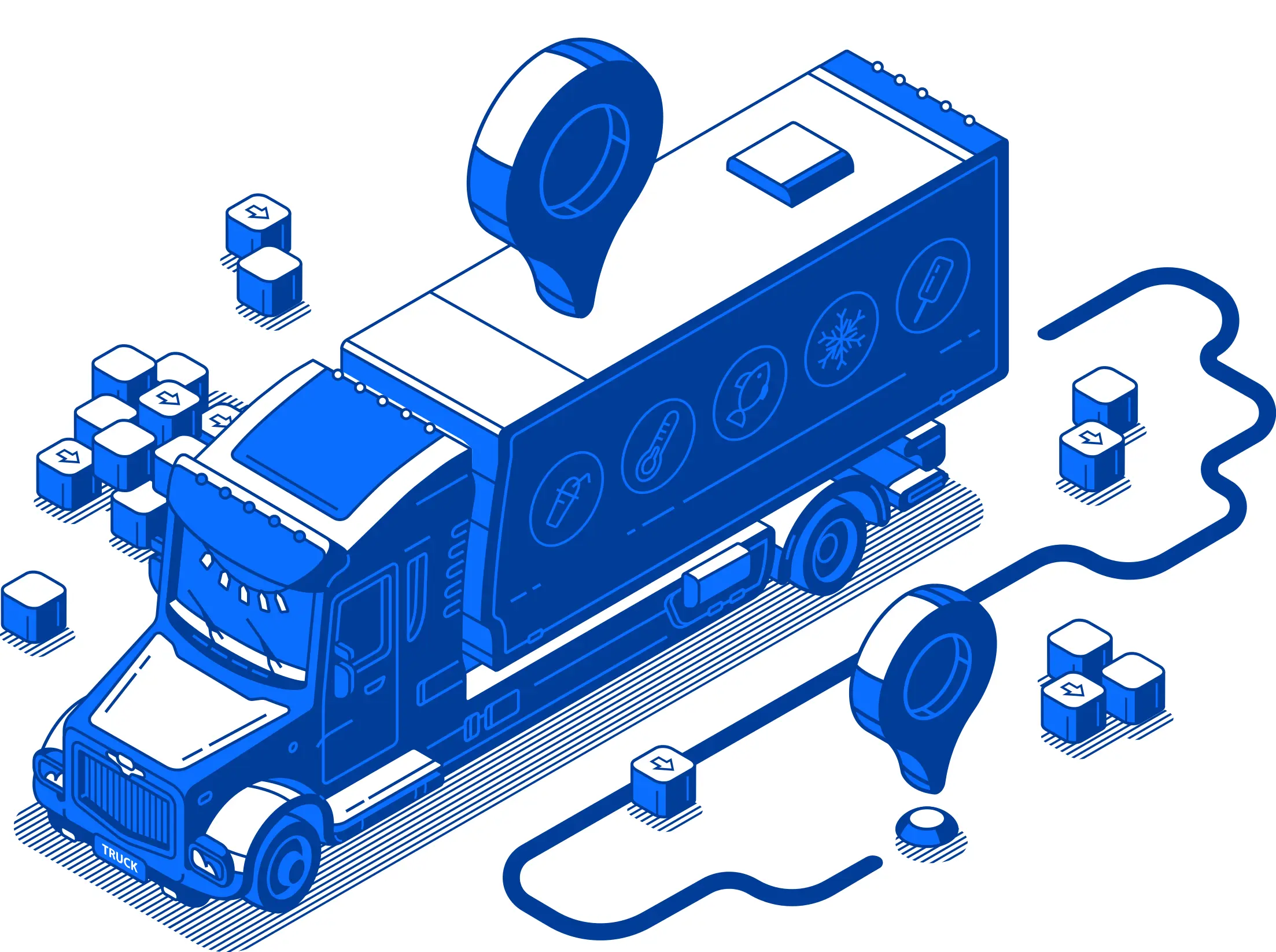Did you know that 72.2% of the nation’s freight is moved by trucks? This creates over $875.5 billion in gross freight revenues. There’s a lot of money to be made in the trucking industry, which draws you to the field.
A lot goes into launching a new trucking company. You have trucks and trailers to purchase, an office to set up, enough yard to park trucks between runs, possibly a garage for maintenance and repairs, and all of the licenses and permits. Your office workers need software for planning routes and finding loads. They need printers and computers for paperwork, bookkeeping duties, and onboarding for new drivers and other pertinent staff.
All of this takes money, and once it’s established, you’ll have repairs and maintenance costs, wages and taxes, rent/building expenses, utilities, insurance, and fuel costs to pay each month. It’s unlikely that you’ve saved up enough money to finance a new trucking business without taking out business loans. How do you get started and ensure you’re getting competitive business loan rates?
Create a Business Plan
A business plan is crucial to getting the best loan rates and terms. When you’re not accustomed to writing a business plan, this can be a challenge. It may be advantageous to hire a financial expert for this. If you want to go about it on your own, this is what a trucking services business plan should cover, though you may want to remove or add sections that you feel are critical to your goals.
- Executive Summary
A brief breakdown of the company you plan to start and include more about what qualifies you to run this type of business. Consider adding an industry analysis that shows the demand for the business you plan to run.
- Company Description
A targeted look at what your business will do, who are the key players, and why you’re the best in the field. Add a history of your business and what led to this point where you’re starting your own company.
- Milestones
What have you done so far without a business loan? Have you recruited drivers and office staff? Have you started marketing your services? Have you found a warehouse and truck yard? Have you named and registered your business, or at least researched what you have to do to register your business? Have you talked to an attorney to choose the best legal entity, such as a limited liability company or sole proprietorship? If there are partners, how do you plan to protect each other in case of unforeseen events?
- Operations
How will your business operate? Will you be in-state trucking only or across the country? What are your hours? Are you 24/7 or Monday to Friday only? Who are the key players in your operations?
- Product Offerings
What services are you going to offer? Are there going to be extra services offered by your company? Will you have flatbeds or refrigerated trailers? How about warehouses or dedicated fleets? If you’re going to help people move, will you also help package and box items carefully and load them yourself or will they need to hire people to package and move items onto your trailer?
- Demographics
You need to show the value of your business. You’re not the only trucking company out there, how can you prove there is a need? To do this, look at the demographics where you plan to do business. How many stores, distributors, and other businesses hire trucking companies to transport merchandise, materials, or other goods? How many companies are there close by that can transport these loads? If 300 food processing plants need refrigerated trucks, but only 10 area trucking companies are equipped with refrigerated trailers or vans, you can prove there is demand for this sector.
- Comparison Snapshot
Once you have the demographics outlined, create a summary of each of your main competitors. The goal is to show what you can do that will outshine what they’re already doing, while also showcasing the success they’ve maintained.
- Marketing Plans and Goals
How are you going to market your business? Are you going to be taking out radio ads, social media marketing, or newspaper ads? What are your ads going to look like? What will they emphasize that helps you stand out?
- Financial Analysis and Projections
How much money do you need to build your business? What are your rates when you start and how often do you plan to increase them? You need to consider the trucks and equipment, marketing costs, warehouse costs, and working capital. Break down what it will cost you each month and then plan out how much money you need to cover expenses for three to six months. Once you have that, build a graph that compares the revenues, expenses, and projected profit for the next five years. Plan for growth as your trucking business builds a clientele, adds trucks, and transports more loads.
Apply for Your Loan
Once you have a business plan drafted, have someone check it over for grammar errors and clarity. Ensure there is nothing you forgot to answer or include. You’ll need this business plan to apply for a loan. This business plan is key to proving you have the expertise needed to be a success, and the more thorough it is, the better the chances of getting a low rate.
Your credit score will impact your final interest rate, too. If you have poor credit, you’ll look like more of a risk than if you have great credit. Get your credit score as high as possible by ensuring there are no outstanding payments and clearing any disputes. Banks know people aren’t perfect, so don’t be afraid to plead your case if there is a viable reason for your credit to not be ideal.
Carefully choose the bank or financial institution you chose to work with. One lender may be better at real estate loans than business loans. You want someone with expertise in the trucking industry to ensure you get the best rates.
Do as much as you can with your savings, but only after you’ve talked to your loan agent for tips. If you’ve set aside some money, you can use that as a down payment on a warehouse and truck yard. It might be smarter to use your savings to pay cash for trucks and only have one loan for the business and not truck leases and business loan payments each month. Having a business lender’s advice can help you spend your savings wisely, which increases the odds of getting a competitive interest rate.
Partner With an Expert in the Trucking Industry
Saint John Capital is a one-stop shop for many trucking company owners. We offer low-rate business loans, business cards with fuel discounts, load-finding tools, automatic invoicing with every bill of lading you submit to us for freight factoring, and real-time tracking so that you know where your drivers are along the route.
With our convenient app, you can upload a bill of lading for automatic payment from your smartphone. You don’t have to return to the office to use your printer, scanner, or fax machine. You have the power to request payment from the road if you’re driving or anywhere you happen to be at the moment your driver completes a job.











